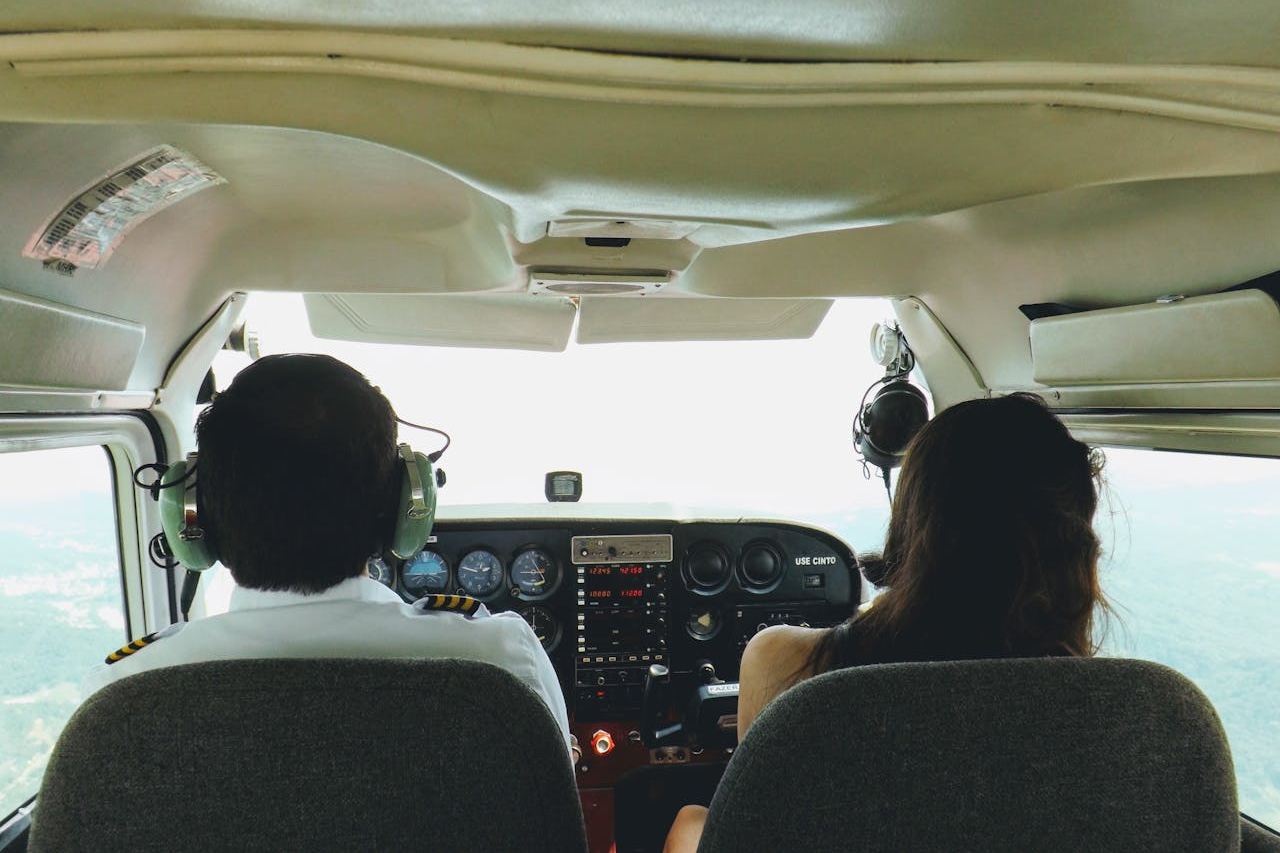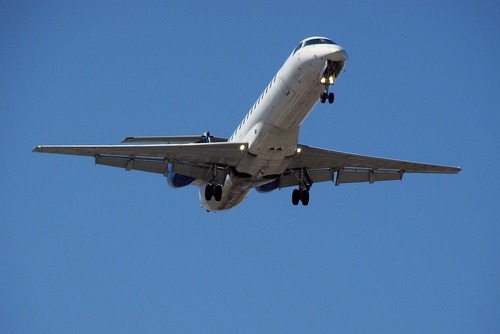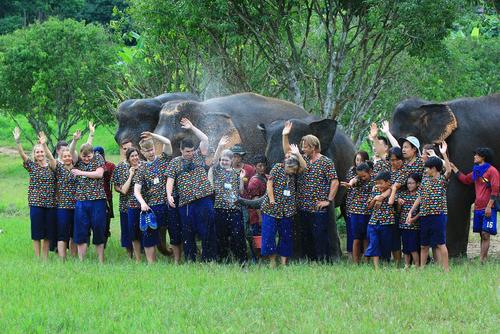These pilots volunteer their time and resources to provide essential services such as emergency relief, medical transport, and environmental monitoring.
The impact of their work is profound, extending far beyond the immediate logistical support to include enhancing the capacity and reach of charitable organizations.
As technology evolves and awareness of their contributions grows, pilots like Hogan Brooks are witnessing how the scope of volunteer piloting continues to expand, promising even more significant impacts in the future.
Volunteer Piloting
Volunteer piloting merges the thrill of flying with the spirit of philanthropy, allowing pilots to use their skills for charitable actions.
This unique form of volunteering traces its roots to pilots who initially offered their services and aircraft during emergencies or natural disasters. Over time, this initiative has grown into a well-organized effort that includes medical transport, disaster response, and environmental surveillance.
Philanthropic flying is filled with stories where pilots have made significant contributions. During times of crisis, such as after hurricanes or earthquakes, volunteer pilots are often among the first to respond, providing critical supplies and transportation to affected areas.
Their ability to quickly reach remote or otherwise inaccessible locations makes them valuable in relief efforts. Moreover, the role of these aviators extends beyond emergency response with many also engaging in transporting patients for medical treatments.
The Impact of Pilots on Philanthropy
Pilots who dedicate their time and skills to philanthropic efforts provide much more than just transportation. Their involvement can significantly boost the efficiency and reach of charitable organizations, allowing these groups to function more effectively in crisis zones.
The personal and professional growth experienced by these pilots is equally impactful. Through their service, they develop enhanced skills in navigation, emergency response, and communication, making them not only better pilots but also more compassionate individuals. Their contributions often inspire others to support charitable causes, creating a cycle of generosity and involvement that extends beyond the immediate community.
This ripple effect amplifies the impact of their missions, turning single acts into wide-reaching social benefits.
Challenges in Volunteer Piloting
Navigating the challenges of volunteer piloting requires a blend of skill, dedication, and innovation. One of the most pressing issues is the financial burden associated with maintaining aircraft and covering operational costs.
To tackle this, many organizations seek partnerships with businesses and grants from philanthropic foundations. These collaborations not only provide necessary funding but also enhance the visibility of the pilots' efforts, attracting more volunteers and support.
Another significant hurdle is the logistics of coordinating flights with the needs of disaster relief and medical transport missions. Advanced planning systems and volunteer coordination tools have been developed to address this, ensuring that help arrives where it is most needed without unnecessary delays.
Despite these obstacles, the determination of volunteer pilots and their supporting organizations continue to make a difference in the lives of many across the globe.
Profiles of Leading Volunteer Pilot Organizations
Several organizations stand out for their commitment to using aviation for social good. These groups vary in their missions, from providing rapid response in natural disasters to medical flights for those in critical need.
The breadth and scope of their operations demonstrate the versatility and critical importance of volunteer piloting in humanitarian efforts. Detailed stories from these organizations often reveal profound impacts, such as reuniting families during crises or saving lives through timely medical transportation.
How to Become a Volunteer Pilot
Entering the world of volunteer piloting is both a noble and demanding endeavor. Prospective volunteer pilots must possess a pilot's license, a deep-seated commitment to philanthropy and a willingness to face the unique challenges of flying in less-than-ideal conditions.
Training programs are available and crucial in preparing pilots for the scenarios they will encounter. This preparation ensures that volunteers are not only skilled in flight but also in handling the emotional and practical complexities of their missions.
The Future of Volunteer Piloting
The horizon looks promising for the expansion of volunteer piloting. Technological advancements in aviation, such as the use of drones for small-scale deliveries in remote areas, are opening new avenues for philanthropic efforts.
Additionally, the growing awareness of the essential services provided by these pilots encourages more support and involvement from the global community. As these trends continue, the scale and scope of volunteer piloting are expected to broaden, potentially transforming it into a crucial pillar of humanitarian efforts.
This shift will likely lead to more significant innovations in how aid is delivered and expand the reach of these vital services to even the most remote areas.








